Water Polo for Dummies: FAQ Explained
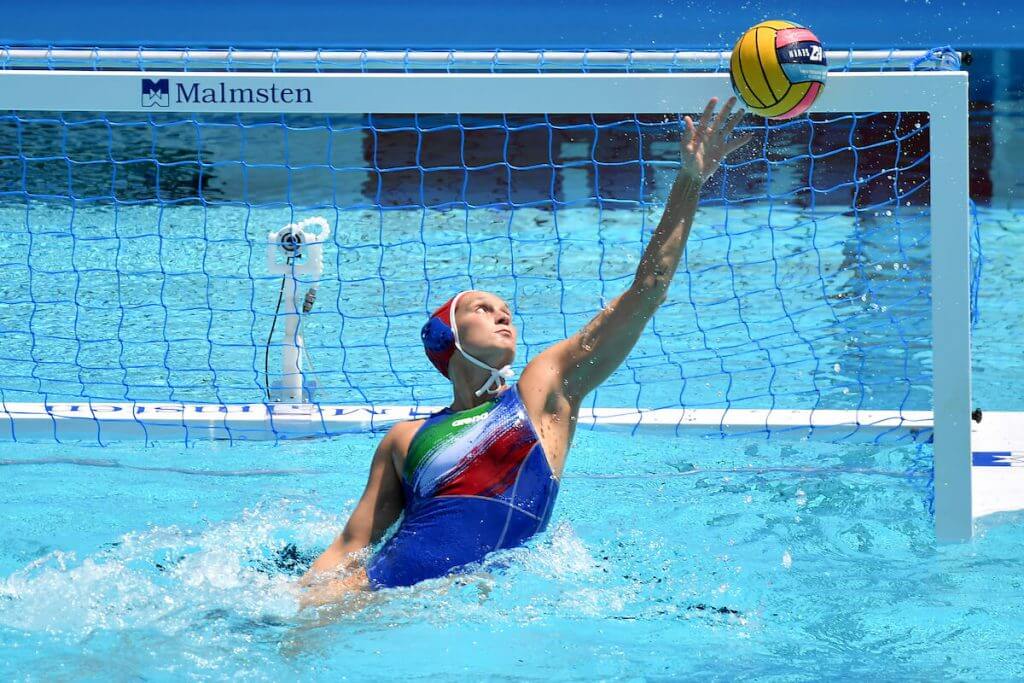
By Rachel Andersen, Swimming World College Intern.
As the water polo season rises into full swing, players and coaches alike will begin to be bombarded by the same question from friends and family alike: What is water polo?
Whether you are new to the game or just curious about that strange sport in the pool with the yellow ball flying around, here is a quick rundown of frequently asked questions about water polo.
Q: What is water polo?
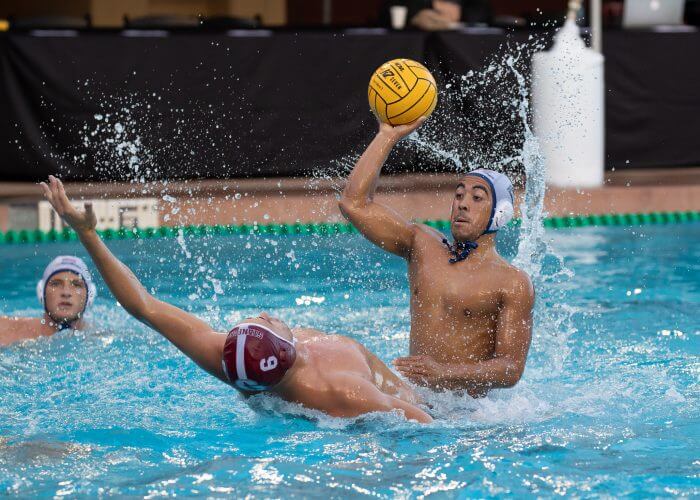
Photo Courtesy: Catharyn Hayne
A: Because the water polo ball has an uncanny resemblance to a volleyball, many people assume water polo is just volleyball in the water. This is not the case, although that sport does sound like fun.
Instead, polo players would describe water polo to a newcomer as soccer or basketball in the water.
It is similar to soccer in that water polo is a competitive, full-contact team sport. Like soccer, there are field players (six in water polo’s case) and a goalie who protects the goal. The objective is the same: to score more than the opposing team before the end of the game.
Polo resembles basketball in that – while a team is in possession of the ball on the other team’s half of the playing field – there is a 30 (or 35 for women’s games) second shot clock. This timer counts down how long that team can be in possession of the ball. If this shot clock runs out without the team taking a shot, the ball is turned over to the defending team so they can go on the attack. Also like basketball, water polo games are divided up into four equal quarters. However, a water polo quarter can be anywhere from six to eight minutes, depending on the age of the players and whether or not a game is stand-alone (just a singular game) or part of a tournament where players could be playing up to three games a day.
Q: What are each players’ positions in the water?
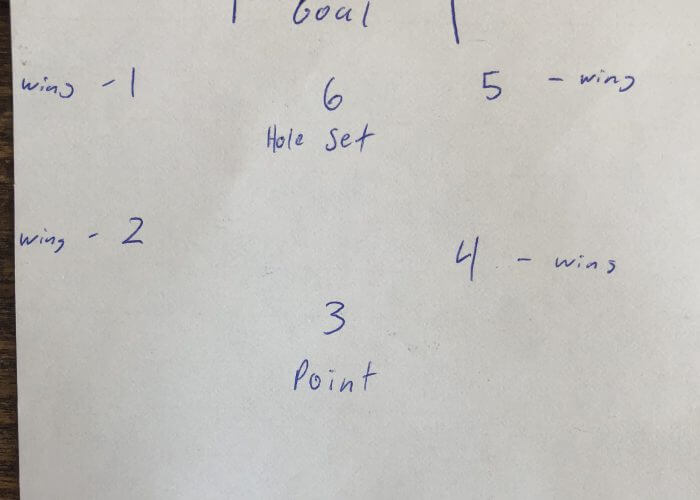
Photo Courtesy: Rachel Andersen
A: As mentioned before, there are six field players and one goalie. The field players are divided into three distinct roles: wing, hole set (or center), and point. If the six players are arranged into a V-shaped or umbrella configuration, five players position themselves on the outside with one player in the middle at the two-meter mark (near the goal).
The players on the left and right sides of the center who are closest to the goal are called wings. These players can swim in and out of the middle and often change positions with one another while trying to open up space for a shot. The player at the point of the V is called the point and is located furthest away from the goal. They too can switch positions with the wings while trying to shoot or play the ball into the hole set. The hole set, or the center, is the player who sits 2 meters in front of the goal.
Q: Can you touch the ground to stand up?
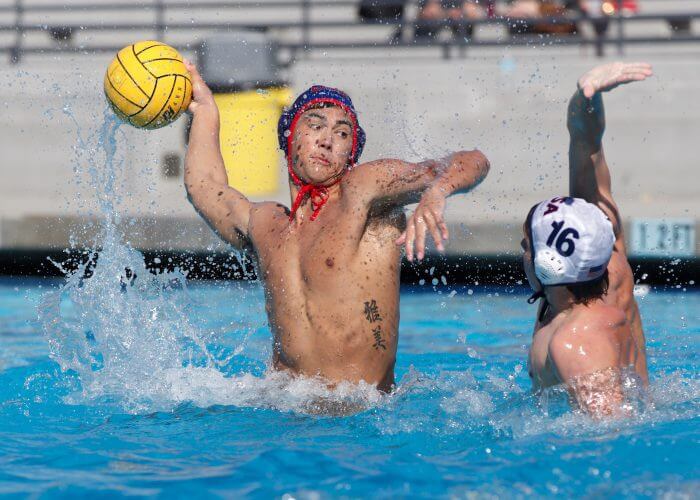
Photo Courtesy: Catharyn Hayne
A: Nope! The dimensions of a water polo pool are not fixed and can vary between 20×10 and 30×20 meters with varying depths. Most regulation water polo pools are at least 6 feet deep. However, in the case of a pool having a shallow end, players are still prohibited from touching the bottom of the pool. Doing so will result in the ball being turned over to the opposing team. The only player who can touch the ground if there is a shallow end is the goalie. In this rare case, the goal is raised to eliminate the advantage the goalie has by jumping off the bottom of the pool.
Instead, while playing to keep themselves out of the water enough to pass and shoot the ball, water polo players use a specialized kicking motion known as the egg beater kick. Egg beater is used instead of prolonged flutter kick (what one would use for freestyle) or a vertical breaststroke kick in order to have a stable base that players can use to keep their upper bodies out of the water to be able to pass and shoot accurately.
Q: Can you wear goggles?
A: Again, no! Though goggles would probably greatly help a player with bad eyesight or a goalie if the sun were in their eyes, players are not allowed to wear googles during competition. This rule is in place to prevent injury. As water polo is a full contact sport, elbows are often thrown while players jockey for possession of the ball. If a player were wearing goggles while getting hit in the face, they could be subject to a serious eye injury.
Q: How physical is water polo?
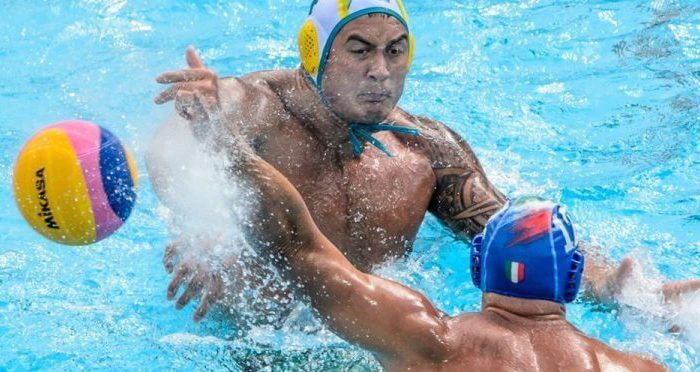
Photo Courtesy: Total Waterpolo
A: Very. As said before, water polo is a full-contact sport. This means that players are nearly always in contact with one another. In order to defend an offensive player, the defender keeps at least one hand on their player at all times. Players jostle each other the water in order to get control of the ball. Pushes and kicks, while not strictly legal in all situations, are common.
However, the physicality of the game is controlled by the referees. Kicking off of other players as well as holding or pushing them under water is against the rules.
Q: Why water polo?
A: In order to describe the game, players often use other sports as a reference point. Because of this, others often ask, “Well then, why don’t you just play soccer or basketball? Why do it in the pool?”
The answer is simple: It is one of the most all-encompassing challenging sports. You have to have incredible speed, strength, coordination, game sense and much more all while staying afloat in the water. Just because water polo may resemble other land sports does not take away from its unique value. Water polo is an incredible sport with fast-paced games that combine teamwork, strategy, and constant exercise.
Water polo is much more difficult than it appears. Are you up for the challenge? Try it out this summer! It will be one of the most fun and rewarding games you could ever learn.
What questions do you have about water polo? Leave yours in the comments below.
-All commentaries are the opinion of the author and do not necessarily reflect the views of Swimming World Magazine nor its staff.




Rachel,
Excellent article about a sport I learned to play in HS. Now with clubs sports and kids starting at a younger age in this tough game I am sure it is more competitive than ever.
What about subs? Is it like soccer where they are limited?
Substitution are not limited but can only be made in specific circumstances. Subs can be made after a goal is scored, during a time-out, or between periods
Rachel-
Great article. I forwarded it to my daughter (age 14), a competitive swimmer and soccer player. She says she’s up for the challenge.